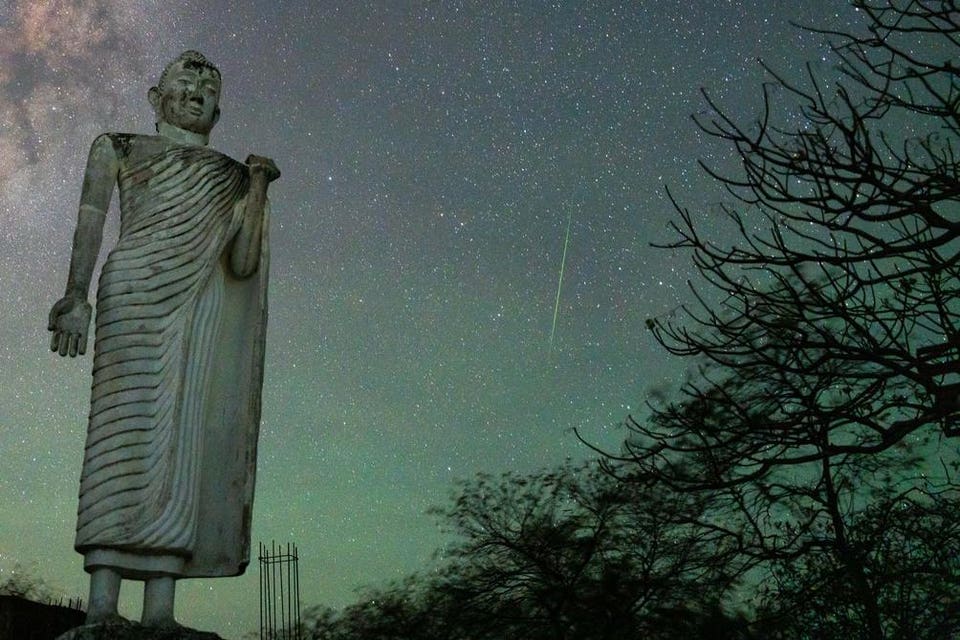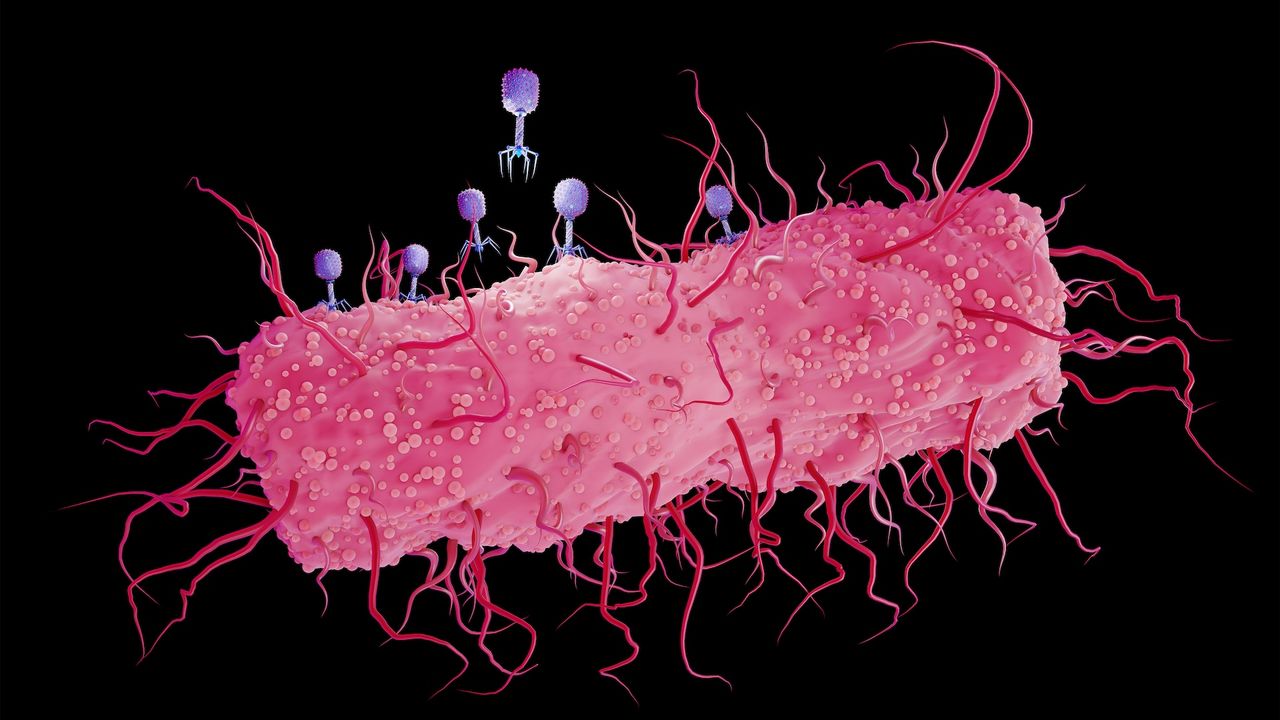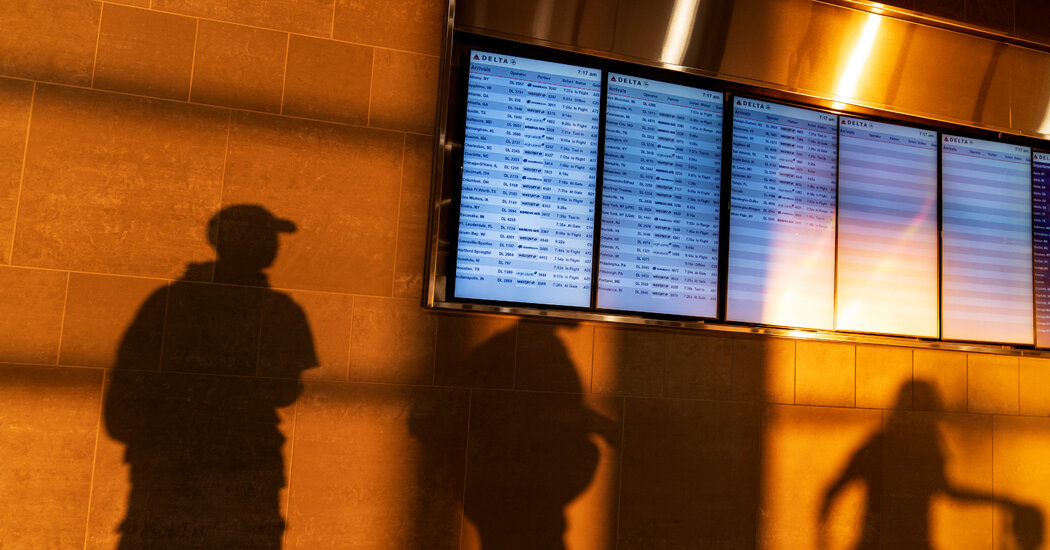Catch the Delta Aquariids and Alpha Capricornids Tonight

As summer’s meteor season kicks off, the first meteors from the Delta Aquariids and Alpha Capricornids will begin to streak across the sky tonight, July 13, 2024. Stargazers can expect the initial displays of these two overlapping meteor showers, which will gradually increase in visibility throughout the month. Although the peak nights for both showers will not arrive until July 30, tonight marks the first significant opportunity for enthusiasts to catch a glimpse of shooting stars since the Bootids meteor shower in late June.
For optimal viewing, it is advisable to venture outside after midnight and find a dark location away from city lights. The meteors from both showers can be seen radiating from low in the southern sky, particularly in the constellations of Aquarius and Capricorn, which means observers in the Southern Hemisphere and lower northern latitudes are likely to witness more activity. Nonetheless, both the Delta Aquariids and the Alpha Capricornids will remain visible in most parts of the U.S. and Europe, given clear, dark skies.
Stargazers should be mindful that residual moonlight from a recent full moon may hinder visibility, making it more beneficial to wait until later in the week when the moon wanes and the skies darken. The Delta Aquariids are known for producing faint, medium-speed meteors that leave lasting trails. Typically, they offer a steady rate of around 10 to 20 meteors per hour during their peak. In contrast, the Alpha Capricornids tend to be slower and less frequent, but they are often highlighted by spectacular fireballs—brief, bright bursts that can be particularly striking.
No special equipment is necessary for observing these meteor showers. All one needs is patience and a clear, dark sky. It is recommended to allow your eyes to adjust to the darkness for at least 20 minutes before assessing the meteor activity. Since meteors can appear anywhere in the sky, using a reclining chair or blanket can enhance comfort while scanning the vast expanse above.
These twin showers will reach their peak on July 30, coinciding with the early activity of the more renowned Perseid meteor showers, which occur later in July. The peak viewing dates for the Perseids will be August 11-12, but they may be affected by the light of a full moon. As a result, the Delta Aquariids and Alpha Capricornids may stand out as the most significant meteor events of the summer.
For precise timings and optimal viewing conditions, consider using resources such as a sunrise and sunset calculator, Stellarium Web for sky charts, and Night Sky Tonight for information on visible planets at your location. With clear skies and a bit of patience, observers can look forward to a delightful celestial display.





